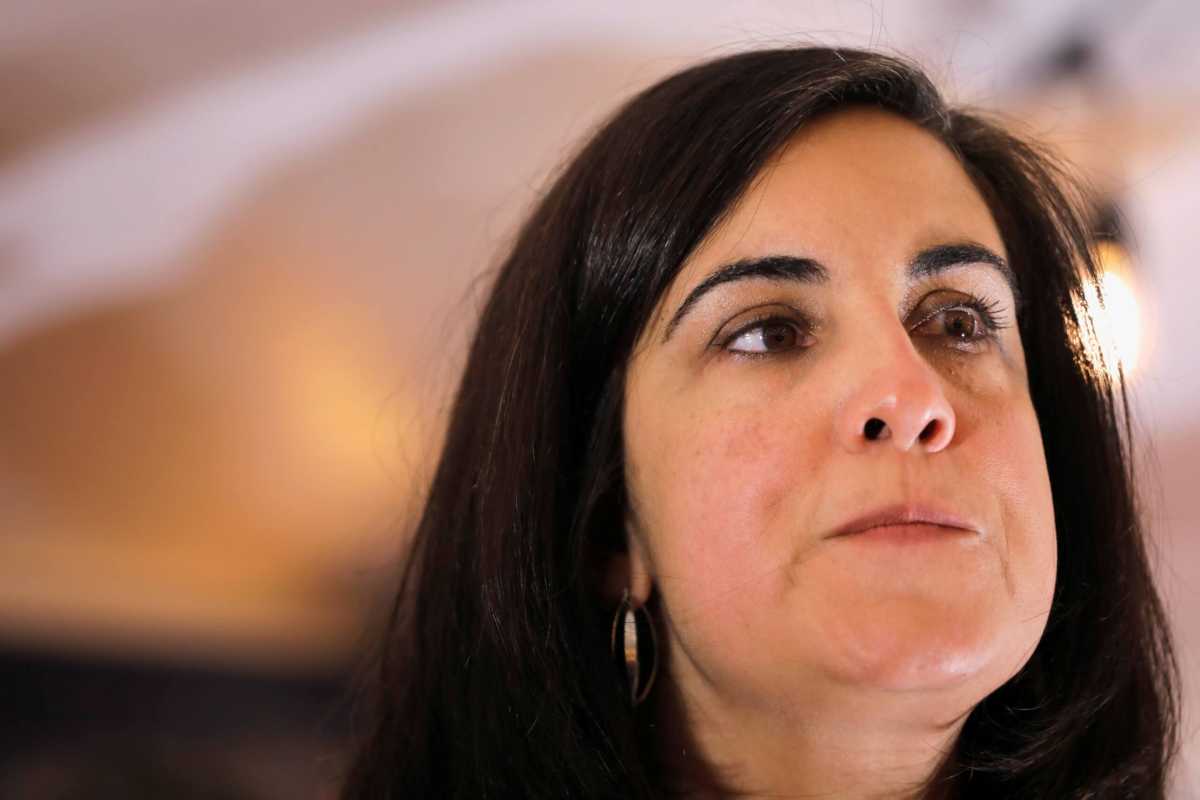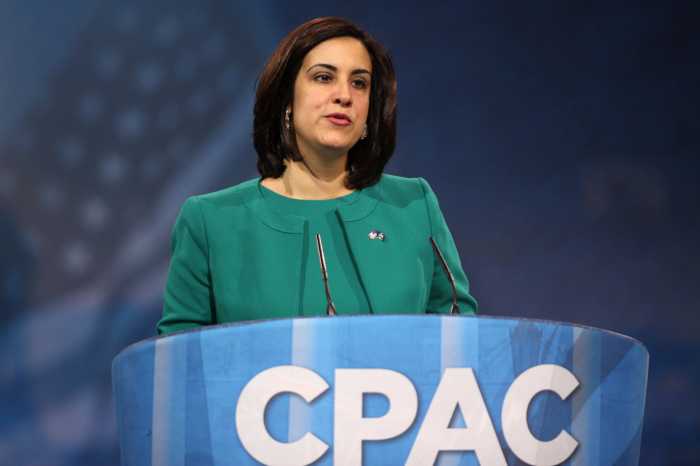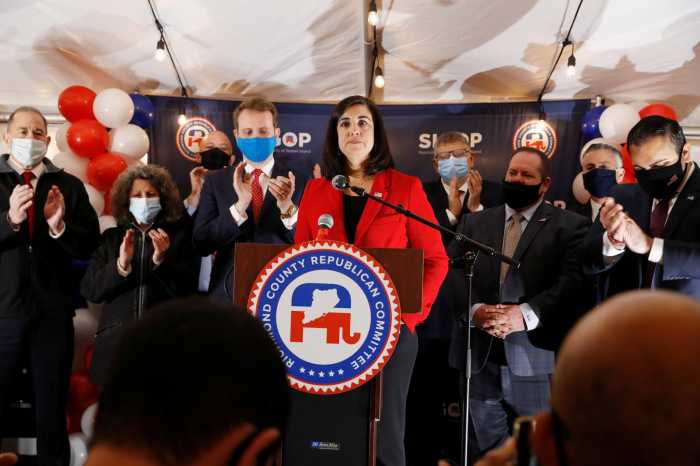Late on Sunday, the much-anticipated district lines of New York State’s once-a-decade redistricting process were made public by the Democrats who now control the state legislature in Albany. Every 10 years, following the release of the U.S. Census, all 50 states are required to revise the boundaries of all congressional and state legislative seats to accommodate the growth or loss of population within the individual state. As recently as the early 1960’s the Empire State was represented by 43 seats in the U.S. Congress. Today, that number is 27 and will shrink to 26 once the current redistricting is completed. This reduction in seats has been the direct result of the exodus of residents from the high taxes and more recently by COVID, high crime and the civil unrest that have been inflicted upon them.
The mapping of the new lines had, until recently, been in the hands of a bipartisan commission created to oversee the redistricting process. In early January, the Democrats on the commission refused to sign-off on the re-drawn district maps in the allotted timeframe, intentionally forcing the process to be handed over to the Democrat-controlled Assembly and State Senate; a move akin to placing the fox in the hen house and a crystal-clear example of how one-party rule endangers the very principles of our democracy by taking what should be a public process and conducting it in secret behind closed doors.
In record speed, the “super-majority” Democrat legislature plans to pass the enabling legislation through both houses and have it on Governor Hochul’s desk for signing by week’s end. A move that is worthy of a tin-horn dictatorship since it allows absolutely no time for real examination, no time for public and expert testimony or more than minimum legislative debate or input. Make no mistake, the timing is no accident, and the intent is to solidify Democrat control of New York’s Congressional Delegation by redrawing district lines to render the GOP impotent. Under the maps created by the Democrats, many Republican voters will be reassigned to a majority Democrat seat where thousands of voters will have little to no opportunity to have their voices heard and views represented in Congress.
For the past decade, the 11th Congressional District encompassed all of Staten Island, Bay Ridge, Dyker Heights, Bath Beach and portions of Bensonhurst and Gravesend; a compact district linked by the Verrazzano Bridge and its’ waterfront on the Narrows and New York Harbor. The basic shape of the district has remained constant for the past 40 years. Under the 2020 census, the new district needed to add roughly 11,000 new residents. Instead of employing a commonsense approach that preserves the compact geographic size of the 11th C.D. by slightly expanding the current district into surrounding neighborhoods, the Democrats’ have employed a cynical political approach that jettisons Gravesend, Bensonhurst, Bath Beach and most of Dyker Heights, and replacing them with Sunset Park, Park Slope and Gowanus. Doing so expands the northern boundaries of the congressional district from a compact section of Southwestern Brooklyn to State Street in Downtown Brooklyn and two and a half blocks from the Barclay Center on Flatbush Avenue.
This is also the most partisan redistricting plan in our state’s history; it was drafted entirely behind closed doors and Republicans were completely excluded from the process. The same Democrat leaders in Albany who have given us Bail Reform, skyrocketing crime and some of the highest taxes is the nation are now using their unbridled power to push through a decade-long plan without any input from the voters of the current or future district.
They are splitting the “communities of interest” that straddle the Brooklyn and Staten Island waterfront and are linked by a variety of ethnic, religious and economic connections that link the two boroughs, not to mention the generational family connections of those who moved across the Verrazzano Bridge in search of more space and more reasonably priced housing.
Albany politicians have cited district lines from half a century ago as their precedent for breaking apart these communities of interest, exposing their clear intention to unconstitutionally gerrymander this district for their own partisan political gain. This, from the very same individuals who have lectured us about voters’ rights over the past few election cycles.
During my decade in the Assembly, I represented a good portion of the current congressional district in Albany. Over that time and during my term in Congress, I have built strong relationships with a wide range of stakeholders across Southwestern Brooklyn; fighting for critical funding for local senior centers and firehouses, making sure hospitals, nursing homes and residential care centers had the supplies and resources needed to battle the COVID pandemic, restoring local bus service and delivering federal funding to prevent MTA fare hikes and service cuts for next three years.
The Democrats in Albany want to ram this through the legislature and have it signed into law before Staten Island and Brooklyn voters have time to react and voice opposition. Their time is of the essence argument simply doesn’t stand; We have plenty of time before the petition period is supposed to begin. Why can’t we pause this vote for a week to hold at least one public hearing to provide the public with an opportunity to weigh in?
The Washington Post has the often-quoted motto “Democracy dies in darkness.” If the proposed redistricting is signed into law, democracy in New York will die behind closed doors in Albany!
Congresswoman Nicole Malliotakis represents Southwestern Brooklyn and Staten Island and serves on the House Committee on Foreign Affairs, the Committee on Transportation and Infrastructure and the Select Committee on the Coronavirus Crisis.




































